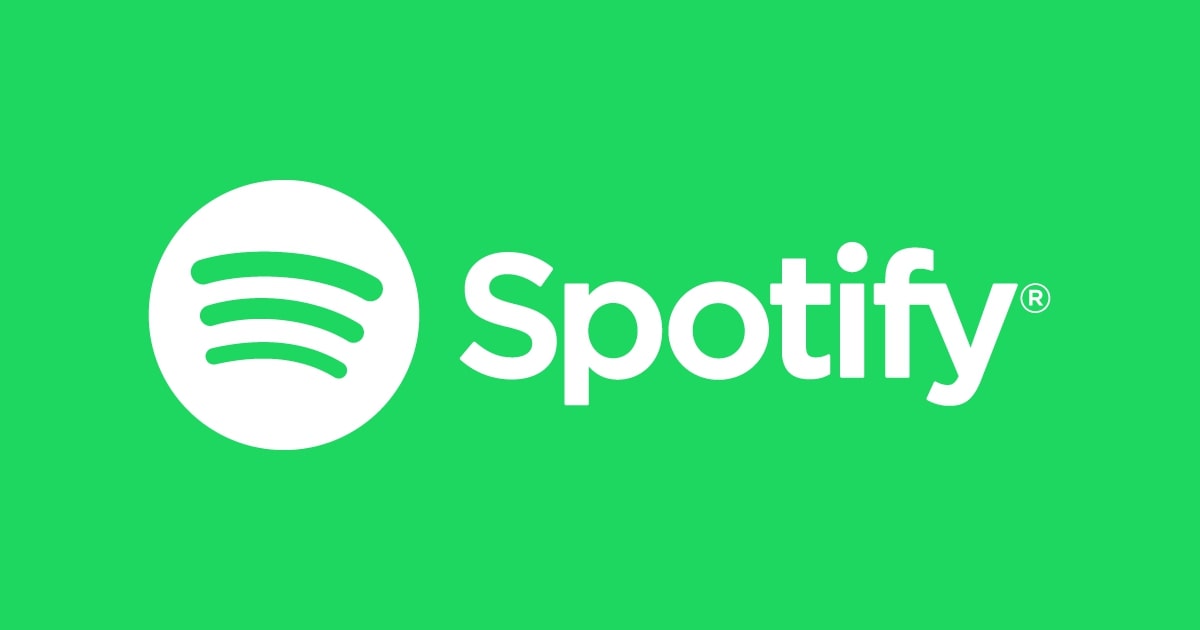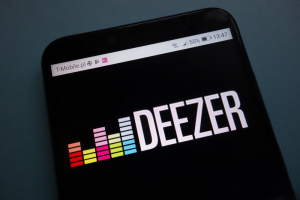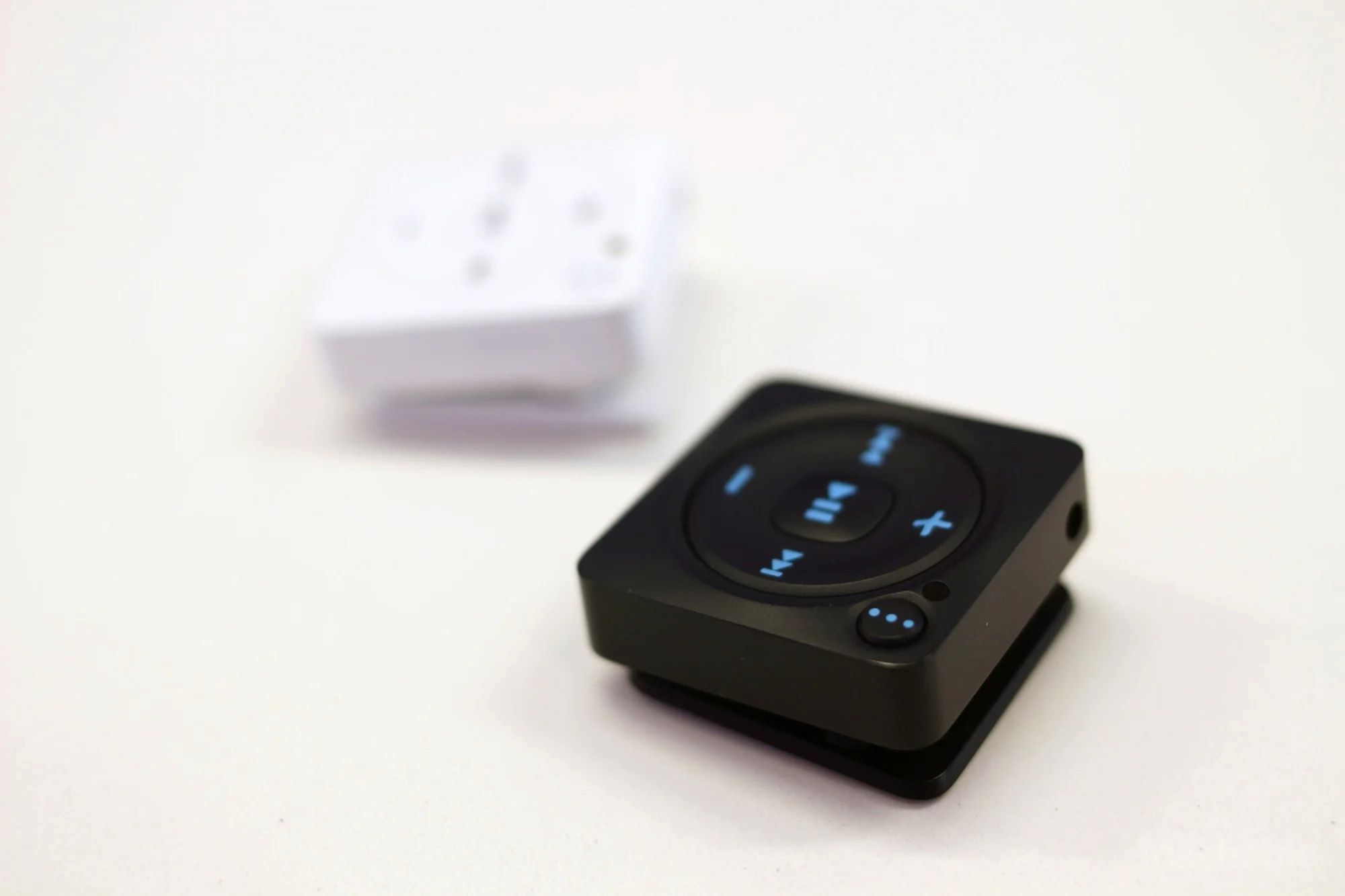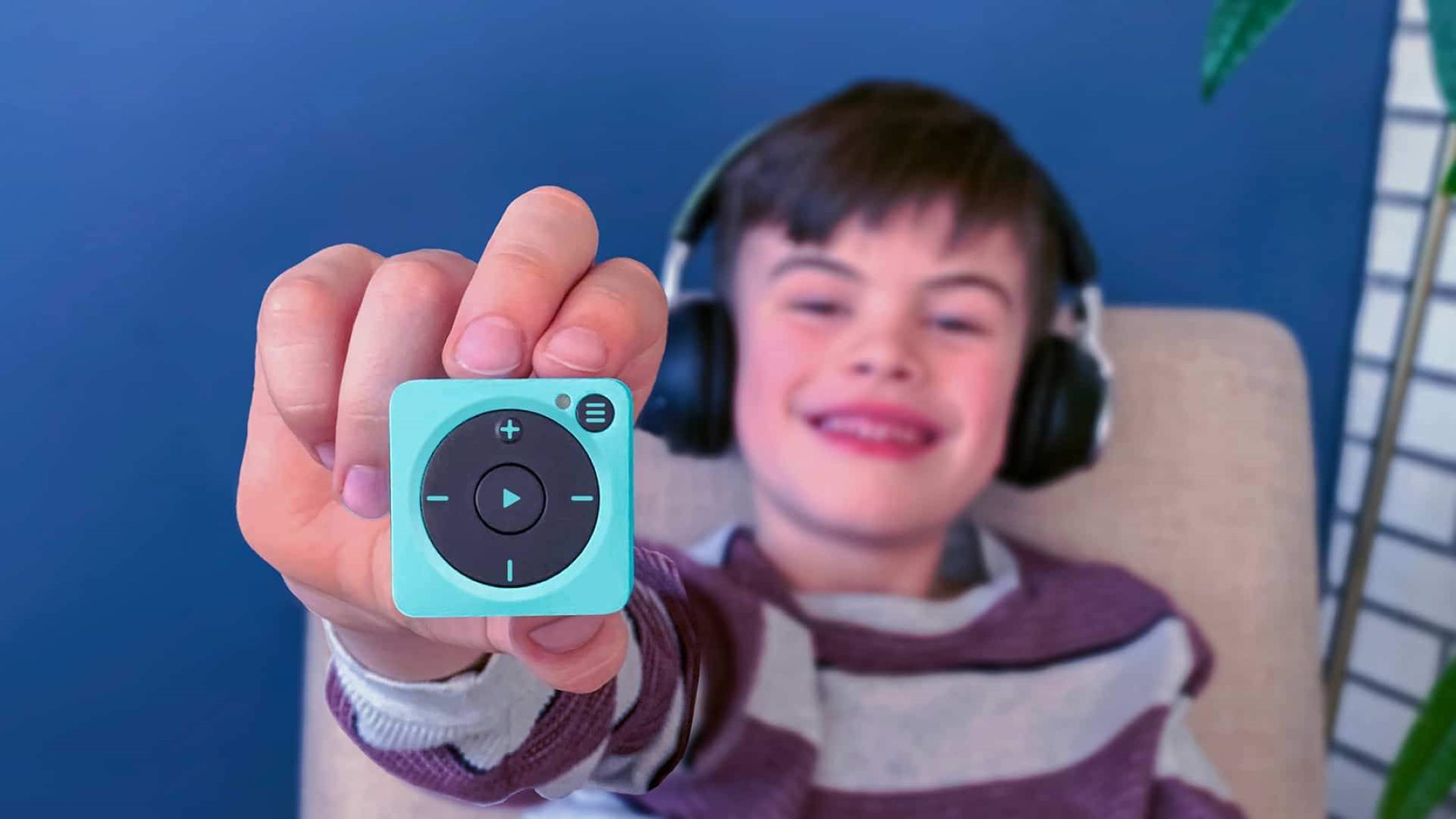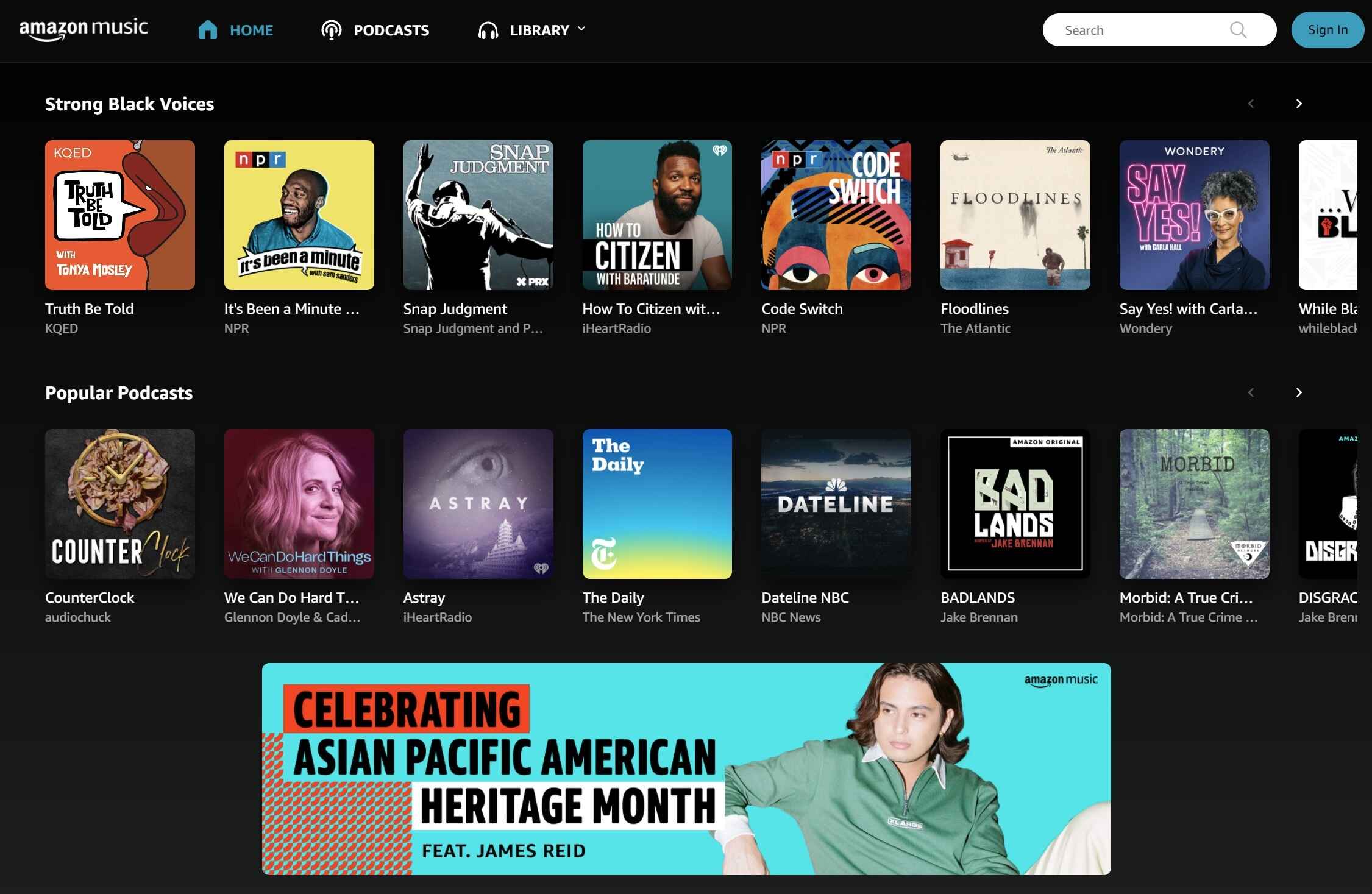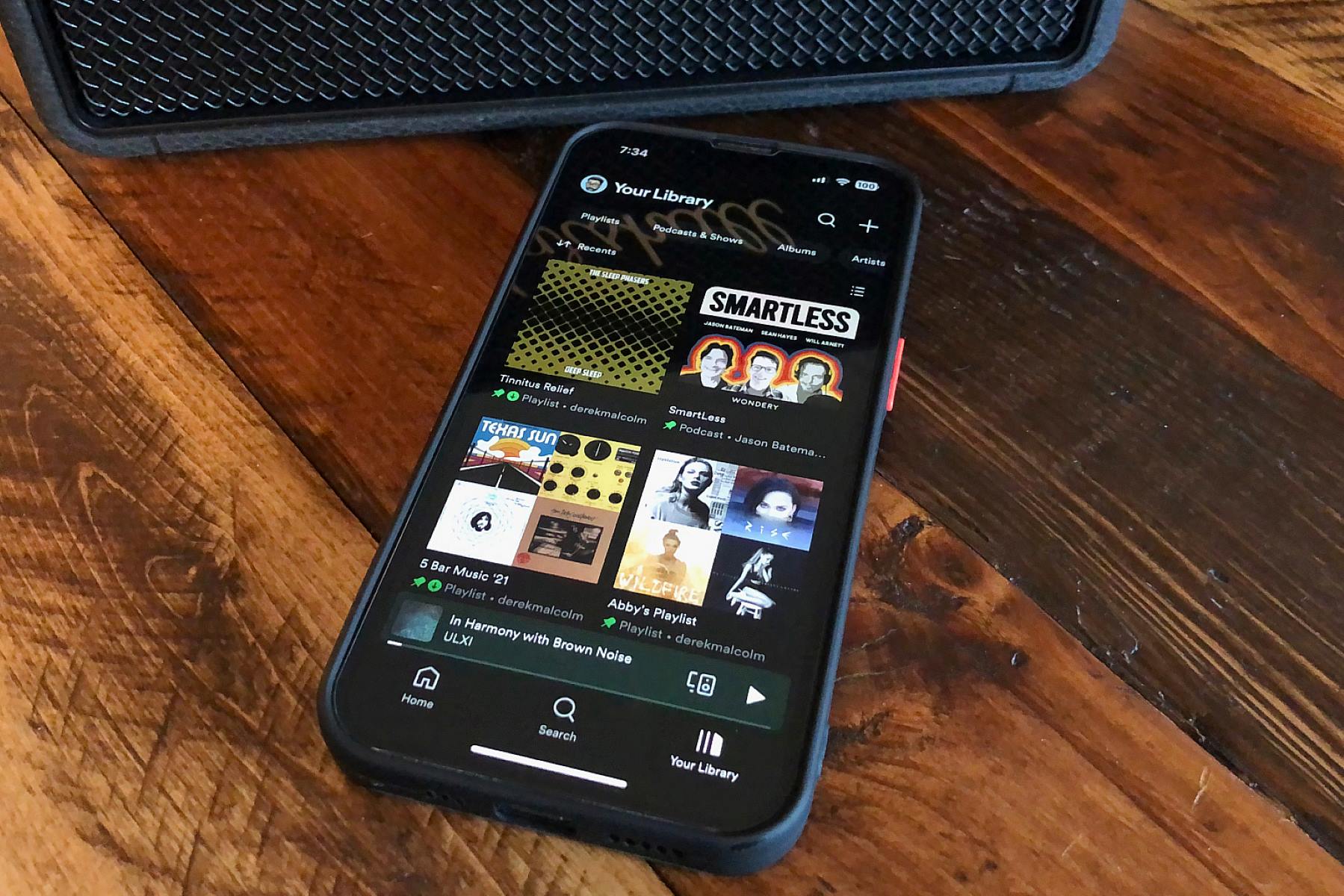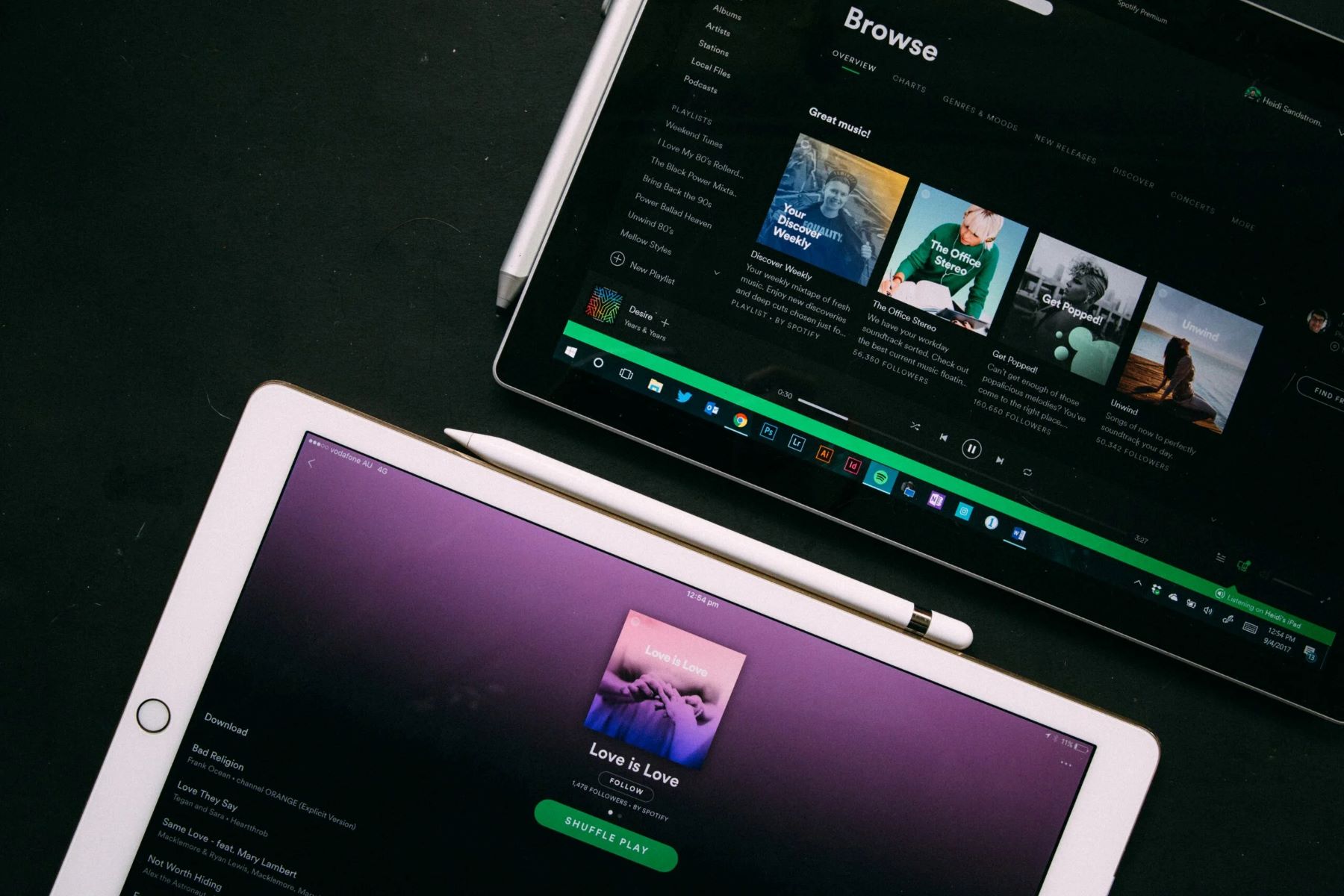The Spotify HiFi release date is unknown, but the streaming service’s entry into the lossless audio streaming market is already highly anticipated by music lovers around the world. The service promises to offer high-quality music that sounds close to the original recording. It will also give Spotify listeners the option to upgrade from Spotify Premium, which uses high-quality but lossy music.
For those who crave lossless music, this is definitely a dream come true. This article allows us to uncover some details about this highly-anticipated service.
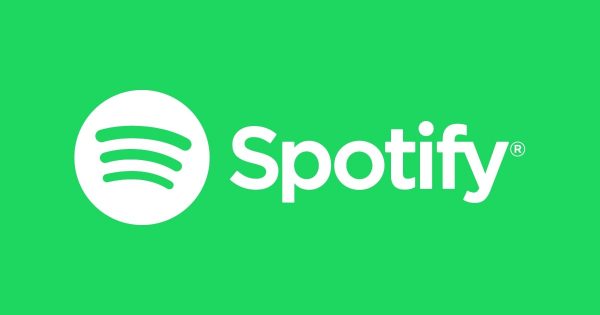

What Is Spotify HiFi?
Spotify HiFi is upcoming music streaming tier from Spotify. It’s bound to be the fourth subscription tier to be offered by Spotify. It will follow Spotify Free, Spotify Basic, and Spotify Premium.
For years, listeners have hounded the company with requests for “high-quality music streaming.” Spotify has also had to deal with its competitors such as Apple Music, Amazon Music, and Tidal, embracing the trend ahead of itself. Now, the time has come for Spotify to take center stage and dive into the world of lossless audio.
The Spotify HiFi release date is still yet to be announced. The company has been tight-lipped about a lot of details, but they did reveal one thing. At least, we know that the service will be available across multiple devices, including the Spotify Connect smart speakers. This tells us that you probably won’t need expensive headphones to stream Spotify Hi-Fi. But of course, it’s still an advantage to have equipment such as surround-sound headphones specially built for the purpose.
Also Read: In-Depth Spotify Music Review
Spotify Hi-Fi Release Date and Pricing
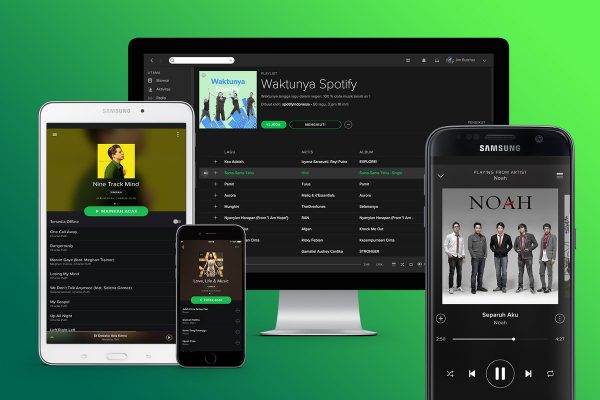

Spotify was expected to release a lossless streaming service years ago, but it took them over four years to finally make the announcement. But even the announcement was sparse and did not give any details as to the official release date. This has led to much speculation, with many people setting the mark before the end of the year.
But the more important question is whether the service will be available worldwide or only to specific countries. As it turns out, Spotify plans to restrict the service to specific areas within the first few months of release. This move is not at all unusual, and they probably want to test the service before they go mainstream.
The lossless tier’s pricing structure is also still shrouded in mystery. But the most likely scenario is that the price will not fall far from the competition. For example, the HiFi subscription of Tidal streaming service costs USD 19.99 per month while Deezer’s costs USD 14.99 per month. On the other hand, you have Amazon, which has imposed different prices starting from USD 14. Amazon ultimately dropped the subscription and added the service to Amazon Prime.
While we don’t expect Spotify to offer HiFi for free, we don’t expect it to go above the standard either. The monthly subscription for HiFi would likely end up between USD 10 and 20 per month.
What Is Lossless Audio?
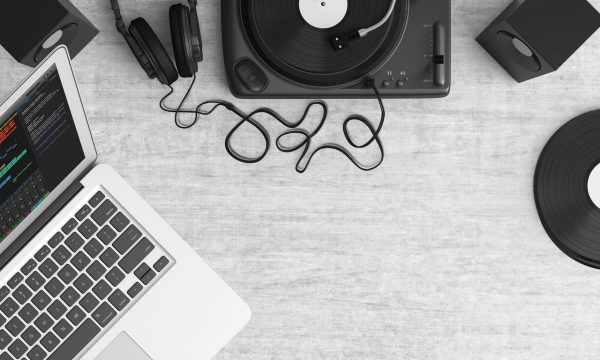

While waiting for the official announcement regarding the Spotify HiFi release date, it’s important to discuss the technology. At the heart of the service lies the concept of lossless audio. But what the heck is lossless audio in the first place? You’ve probably heard of file compression before. It’s a simple term that means reducing the size of a file to make it fit better into storage. Well, this single concept plays an important part in the way we categorize digital music.
You see, there are three types of digital music: uncompressed, lossless, and lossy. As you can probably guess from its name, Uncompressed audio retains all the data from the original. It promises high-quality sound but, unfortunately, takes up a lot of space. On the other side of the spectrum is lossy audio, a compressed form of the original. With lossy compression, the inaudible and obscure components of audio are removed to save space. Most of the music we listen to is in a lossy format, while CDs and records are in an uncompressed format.
However, there is a middle ground between lossy and uncompressed audio, and it’s called lossless audio. Lossless audio is also a compressed form of the original, except that no data had been deleted or discarded from the original. But as a disadvantage, it doesn’t compress the file as well with lossy compression. To be exact, lossless compression only reduces the file size to about half of the original. But of course, the main point is that it doesn’t sacrifice the audio quality to have the file compressed.
Spotify HiFi vs Premium
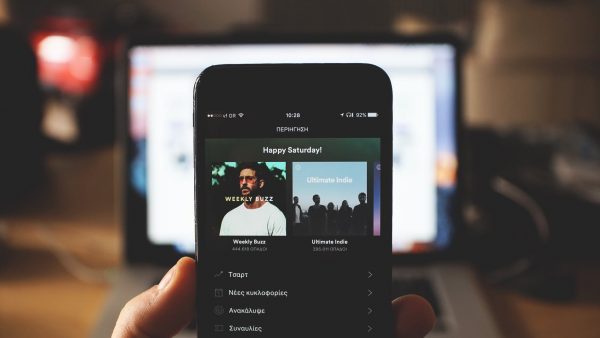

Now we have to ask the question that is likely on everyone’s minds other than the release date of Spotify HiFi. How will the service be different from Spotify Premium? The answer relates to sound quality. Spotify Premium streams with Ogg Vorbis, which is a high-quality lossy standard for audio. It also offers four sound settings that reflect sound quality. These include Low (24kbit/s), Normal (96kbit/s), High (160 kbit/s), and Very High (320 kbit/s).
Most people are easily able to tell the difference between an uncompressed file and a low-res lossy file. But the same person might have a hard time telling the difference between a 320 kbit/s version and the uncompressed version. The difference relates to file compression or the lack of it.
But even if the high-res lossy comes close to the lossless version, the two are not the same. There should still be audible differences between the two versions. For starters, lossless audio transmits more data per second than high-lossy audio (16 bit/s to 24 bit/s). We expect Spotify to offer additional options for sound quality that would fall within this range.
The large difference in file size translates to better sound quality as well. With lossless audio, you can expect a more spatial quality to the music. That is, it should at least give the impression that sounds are coming from different directions. In addition, it should also give the impression of a live, close-proximity performance.
Spotify HiFi’s Implications on the Music Industry


While most people await the Spotify HiFi release date, bigger questions are at hand. What impact will Spotify’s entry into lossless music have on the music industry? What advantages does it present for millions of listeners around the globe? It doesn’t take a genius to surmise that this move will make high-resolution music accessible to mainstream audiences. Anyone concerned about sound quality will now be able to enjoy high-fidelity music without having to download songs individually. The release of Spotify HiFi is also going to tighten competition in the already tightly packed space of the music streaming industry.
The release of Spotify HiFi, though the date is yet to be revealed, will not only mark Spotify’s entry into the lossless streaming market, but it will also carry with it some cost implications on the cost for high-fidelity streaming in general. Joining the likes of Amazon Music, Deezer, and Apple Music increases competition in the market. This will, in turn, drive the prices or subscriptions to lossless streaming down. The fact that some of their competitors, including Amazon Music, had to add their streaming service for free also leaves something to be said about the state of competition in the market.
The Spotify HiFi release is also a turning point for the industry overall. It reflects strong demand for high-resolution music, which comes from listeners and artists alike. This is the beginning of a long-term trend in music, and we expect other providers to follow suit. Finally, it has the potential to redefine the way we listen to music.
What Are the Potential Drawbacks of Spotify HiFi?
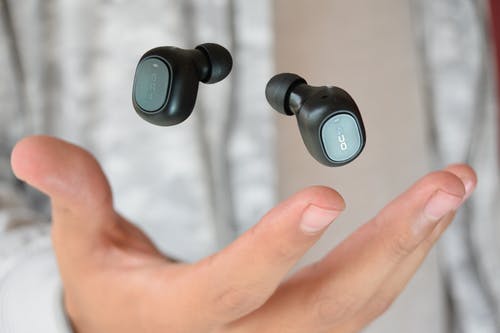

We know that lossless audio files are much smaller than uncompressed files. But despite this, lossless files still consume more bandwidth and storage than lossy files. Let’s take a look at the implications of Spotify HiFi ahead of its release date.
Bandwidth Consumption
Lossless audio transmits anywhere between 16 bit/s to above 24 bit/s. This is on a whole different level than the standard lossy, which transmits between 140 to 320 kbit/s.
If you listen to Spotify mainly on your phone, you will need to look out for data charges. If you want to avoid hefty data charges, one way is to download the files for offline use. That way, you’ll be able to listen to them offline and without using the internet. But then again, lossless files also occupy a lot of storage space. A single song can set you back an average of 30 MB in data.
The high bandwidth consumption of lossless files will also drain an already weak internet connection. You’ll likely experience a lot of interruptions and extended loading times for your files. If you find it hard to stream HD video on a regular day, or if it takes a long time to load web pages, there might be issues with your bandwidth. Confirm your internet speeds with a speed test or other methods.
Unfortunately, there’s no other way around it. You’ll need to have your internet connection fixed or upgraded.
Bluetooth Devices
Another limitation has to do with your listening devices. If you are using Bluetooth headphones or true wireless earphones, you likely won’t benefit from the audio improvements. This is because Bluetooth protocols cannot transmit high amounts of data. The maximum it can go is high lossy or around 320 kbit/s. Anything higher than that and will throw away excess data to fit the audio signals. The only way around this is to use a wired pair of headphones that connects via DAC.
Other Drawbacks
Another factor that might affect your enjoyment of lossless audio is related to biology. Suppose you have a hearing disorder or just generally weak hearing. In that case, you are likely wasting your money on lossless audio. On the other hand, you could be someone with excellent hearing. But perhaps you imply you don’t want to have to deal with the requirements for lossless streaming. In that case, you’re better off with Spotify Premium.
Spotify HiFi: Should You Get the Service?
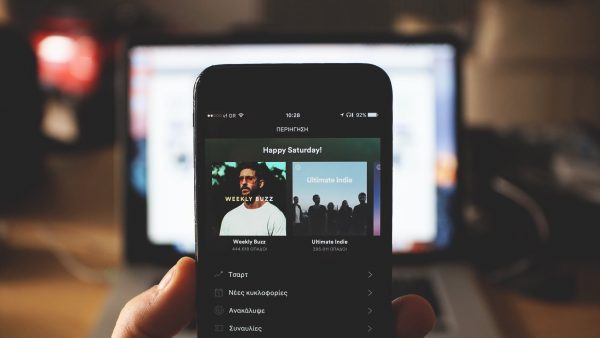

As things stand, there are still some gaps as to what Spotify plans for HiFi. We still don’t know the date when Spotify will release the service and which countries will be part of the initial trial. We also don’t know if it will support some of the premium features on Spotify, which includes Social Listening or Spotify Pair. In addition, there’s a possibility that it could be a free upgrade from Spotify Premium, although it seems unlikely. At the end of the day, all we can do is wait for the release date to find out exactly what Spotify HiFi has to offer.
Nonetheless, that shouldn’t stop anyone from deciding as early as now if they want to get an upgrade or not. There are few questions that you need to answer before you decide to commit. For example, are you willing to pay a higher price for lossless audio over lossy audio? If so, what is the maximum price you’d pay per month? Do you have the proper headphones and adequate internet connection to run the service? Do you already have access to lossless audio through other subscriptions? Think about these things beforehand.
Final Thoughts on Spotify HiFi Ahead of Release Date
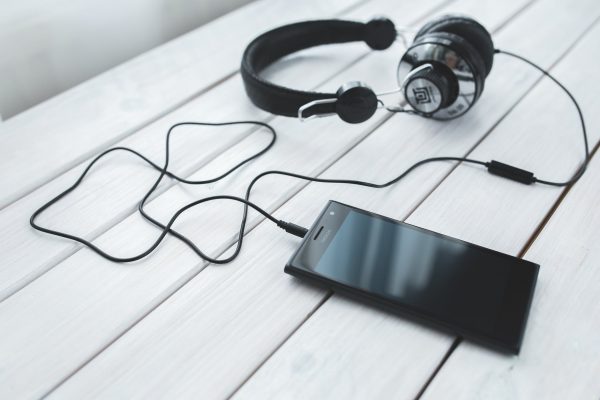

There are still many unanswered questions, even now that the world patiently awaits the Spotify HiFi release date. But even when we are left in the dark about a lot of details, we know that the service will have a lot of benefits for the music industry.
As lossless music becomes more accessible worldwide, it will slowly take the place of standard HD music. Soon enough, we’d find ourselves getting used to lossless music as the new standard for high-quality music. Not to mention, the service will also complete Spotify’s lineup of subscriptions, which many people have found lacking for the longest time. It’s just great to know that you have another option for the quality of music you want and that you can chill out with music that feels as real as a live concert.
If you ever crave something truly immersive and fresh, this is the type of service that you definitely must try. It’s less about music jargon and more about elevating the music experience.







